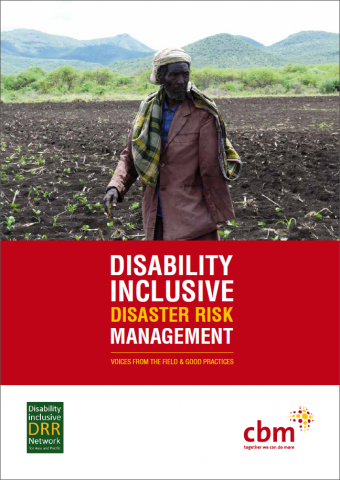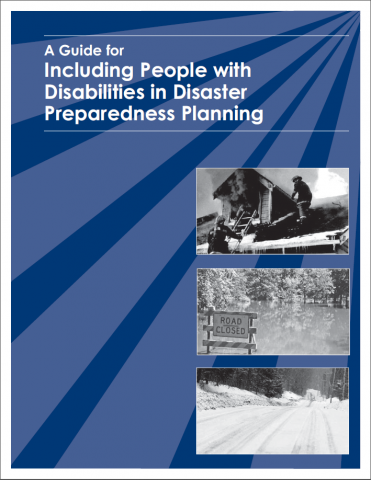Position Paper on Crowd Management at Places of Mass Gatherings
Concerned at the recurring stampedes at places of mass gathering, including religious places, and typically ad-hoc responses to those, the National Disaster Management Authority (NDMA) has embarked on formulating an integrated and structured approach to crowd and disaster management at such places. This position paper is a step in that direction. The objective of this document is “To lay […]
Position Paper on Crowd Management at Places of Mass Gatherings Read More »


